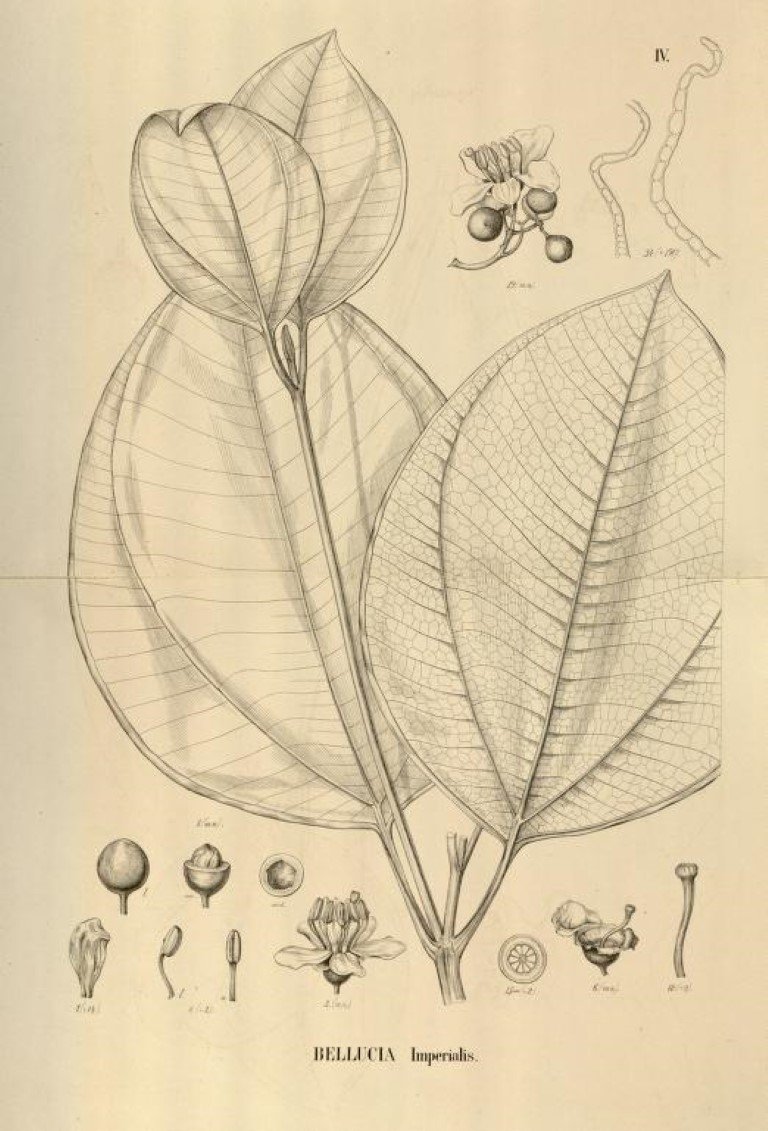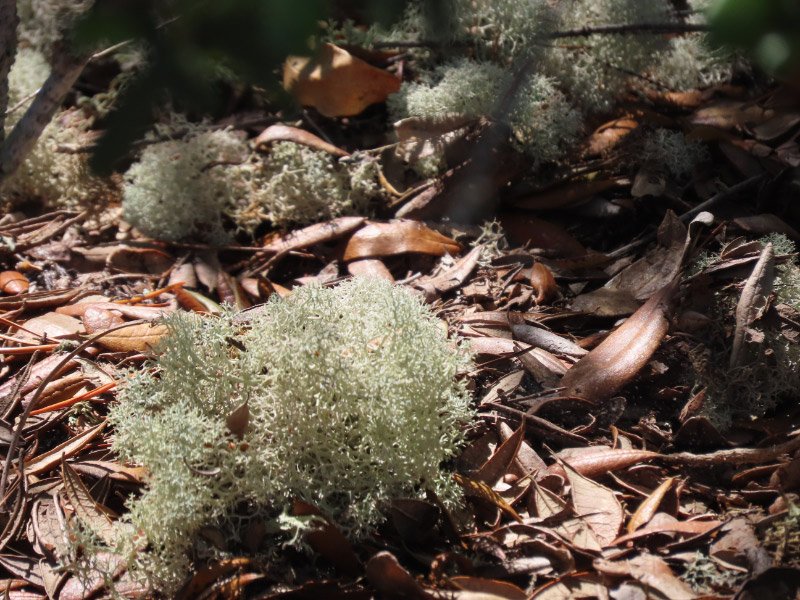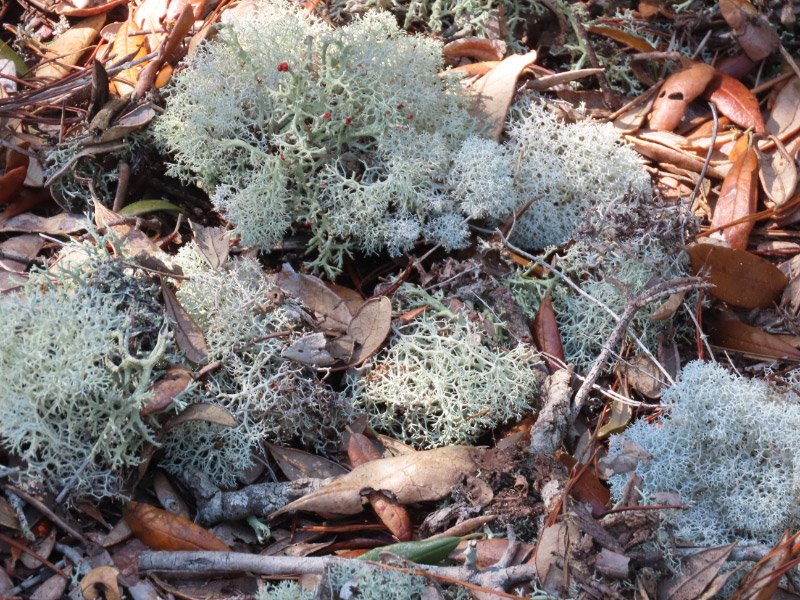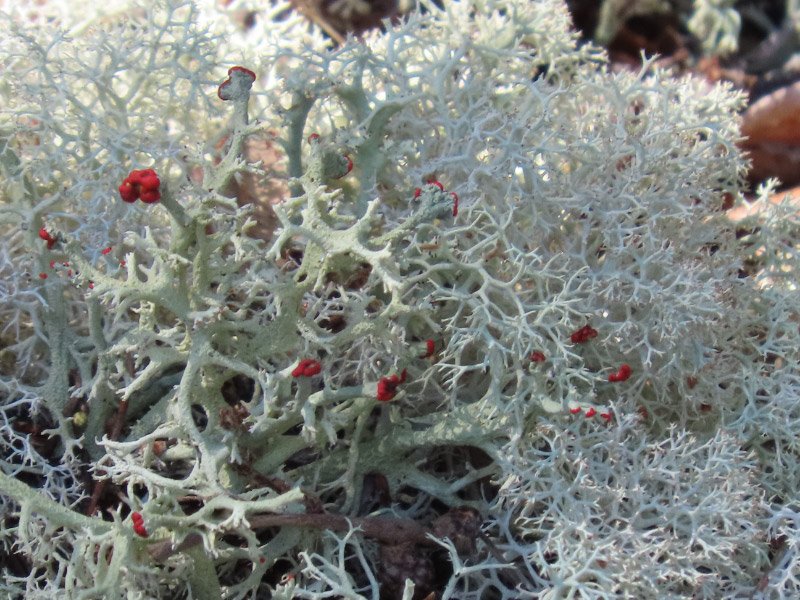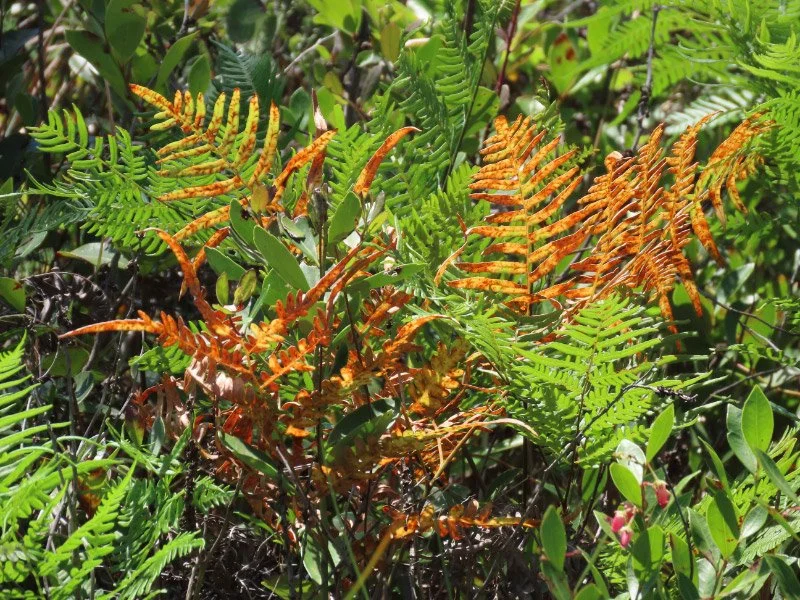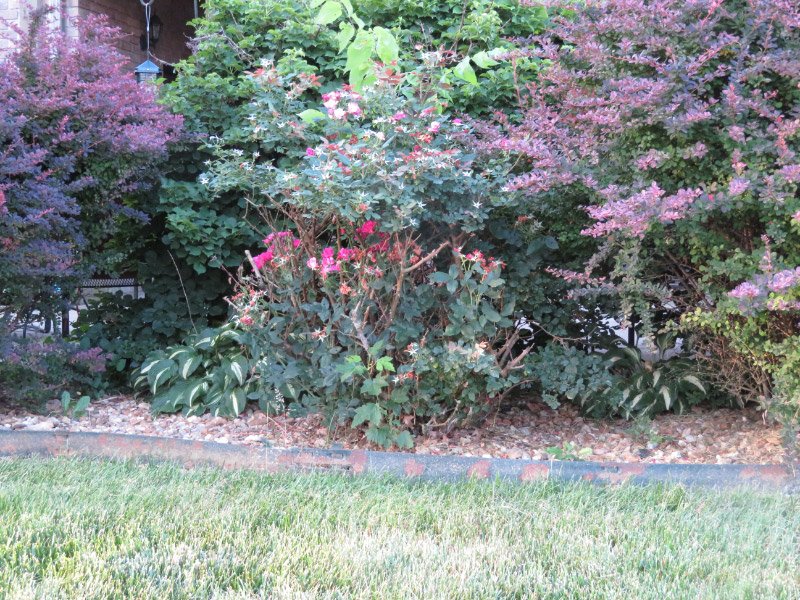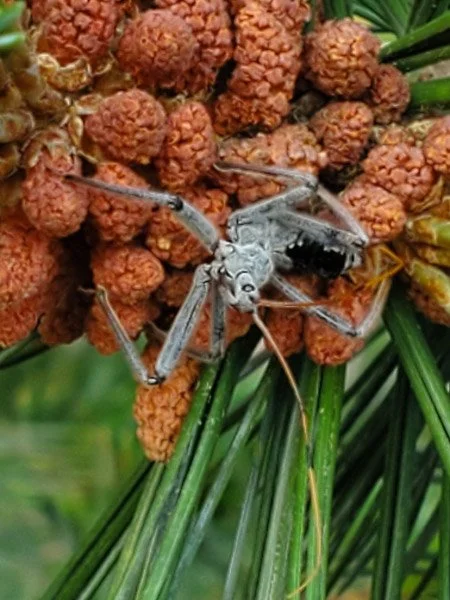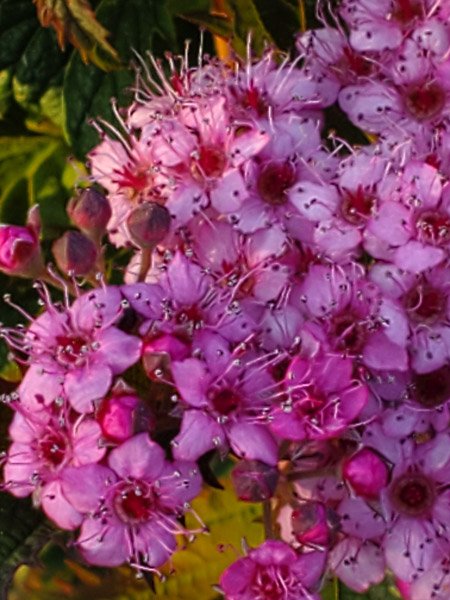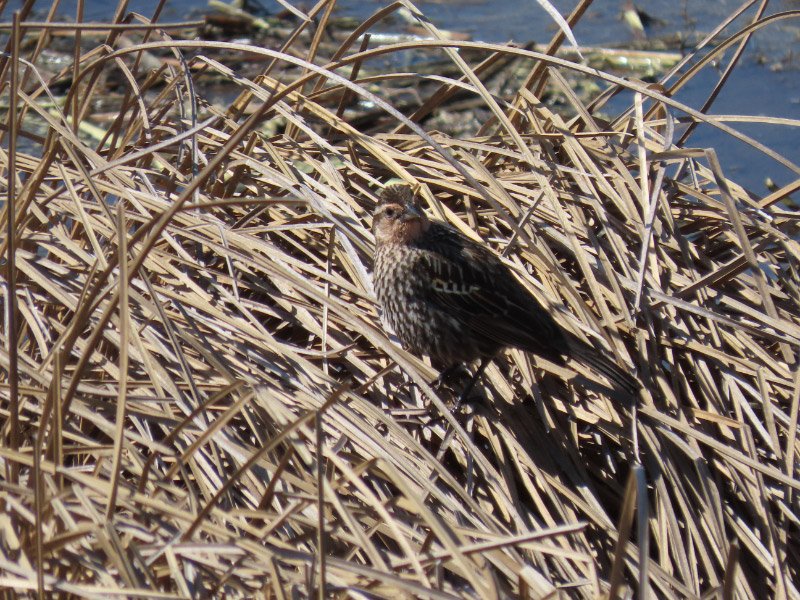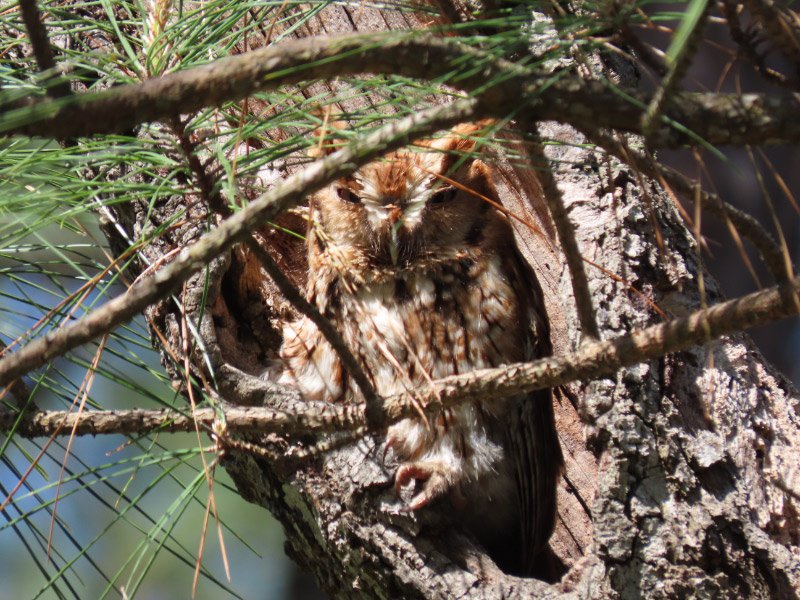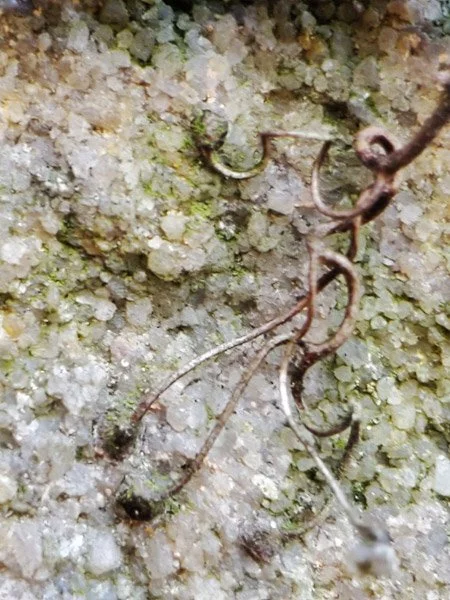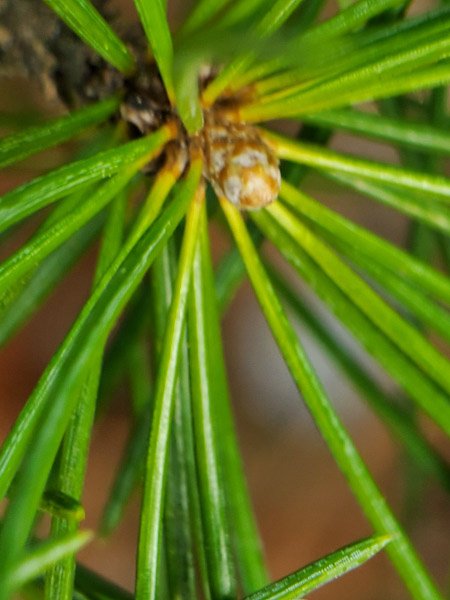eBotanical Prints – December 2023
/Twenty more books were added to the botanical print collection in December– available for browsing on Internet Archive. They were almost the only books I read/browsed in December; I was overwhelmingly busy caring for my parents.
The publication range for this group is 1629-1959 – a lot has changed in those 300 years!
The whole list of 2,781 botanical eBooks can be accessed here. The list for the December 2023 books with links to the volumes and sample images is at the bottom of this post.
Click on any sample images in the mosaic below to get an enlarged version. Enjoy the December 2023 eBotanical Prints!
Niger flora; or an enumeration of the plants of Western tropical Africa * Hooker, William Jackson (editor) * sample image * 1849
Bouquet de Melastomataceae Bresilieannes * Cogniaux, Alfred; Saldanha del Gama, Jose * sample image * 1887
Bryologia javanica V1 * Dozy, Francois; Molkenboer, Julian Hendrik; Bosch, Roelof Benjamin Van Den; Sande Lacoste, Cornelius Marinus van der * sample image * 1855
Bryologia javanica V2 * Dozy, Francois; Molkenboer, Julian Hendrik; Bosch, Roelof Benjamin Van Den; Sande Lacoste, Cornelius Marinus van der * sample image * 1855
Chung-kuo chu yao chih wu tʻu shuo.ho bien Nan-ching ta hsüeh, Shêng wu hsüeh hsi [ho] Chung-kuo kʻo hsüeh yüan, Chih wu yen chiu so. * Keng, I-li * sample image * 1959
Collection d'orchide - esaquarelles originales. * Missouri Botanical Garden * sample image * 1900
Contribuciones al conocimiento de la flora ecuatoriana * Sodiro, L. * sample image * 1905
Das entdeckte Geheimniss der Natur im Bau und in der Befruchtung der Blumen * Sprengel, Christian Konrad * sample image * 1793
De plantis exoticis libri duo * Alpini, Alpino; Alpini, Prosperi * sample image * 1629
Descriptio?n de l'Egypte recueil des observations et des recherches qui ont ete faites en Egypte pendant l'expedition de l'armee francaise * Raffeneau-Delile, Alire * sample image * 1824
Description des plantes de l'Amerique * Plumier, Charles * sample image * 1693
Descriptionum et iconum rariores et pro maxima parte novas plantas illustrantium * Rottboll * sample image * 1773
Die Coniferen * Antoine, Franz * sample image * 1840
Phyto-iconographie der Bromeliaceen des kaiserlichen königlichen Hofburg-Gartens in Wien * Antoine, Franz * sample image * 1884
Die Flora der deutschen Schutzgebiete in der Sudsee * Lauterbach, Karl; Schumann, Karl Moritz * sample image * 1900
Nachtrage zur Flora der deutschen Schutzgebiete in der Sudsee * Lauterbach, Karl; Schumann, Karl Moritz * sample image * 1905
Die pflanzenwelt Ost-Afrikas und der nachbargebiete * Engler, Adolf * sample image * 1895
Flora Brasiliae meridionalis * Saint-Hilaire, Auguste de * sample image * 1825
Flora Java - Volume 2 * Blume, Carolo Ludovico * sample image * 1828
Flora Peruviana, et Chilensis Plates 1-152 * Ruiz, Hippolito; Pavon, Jose * sample image * 1798


